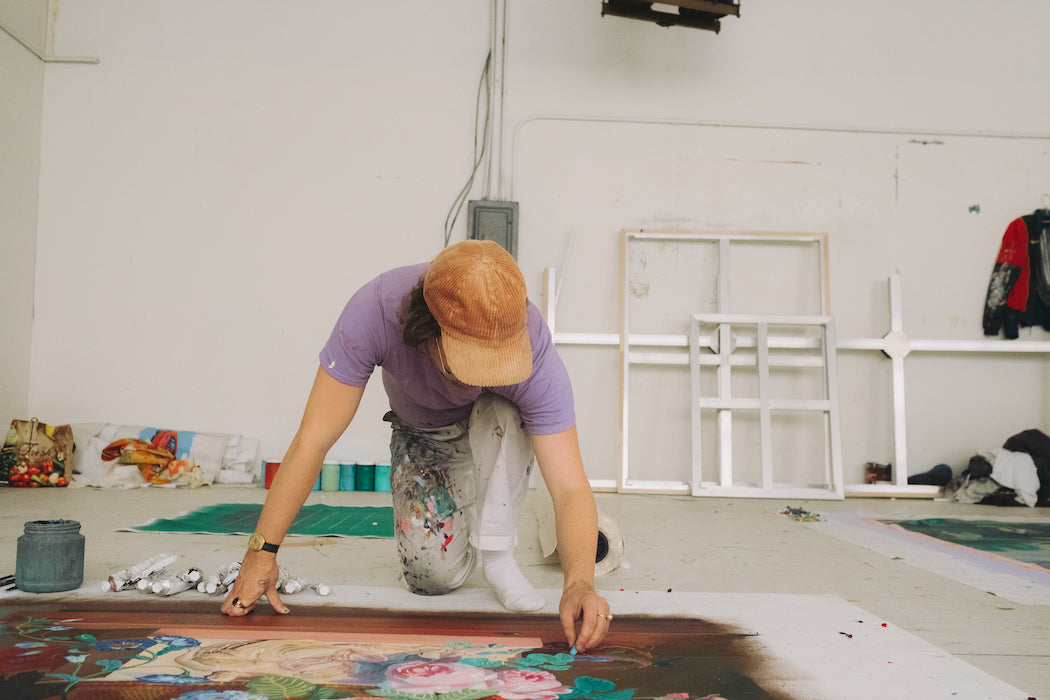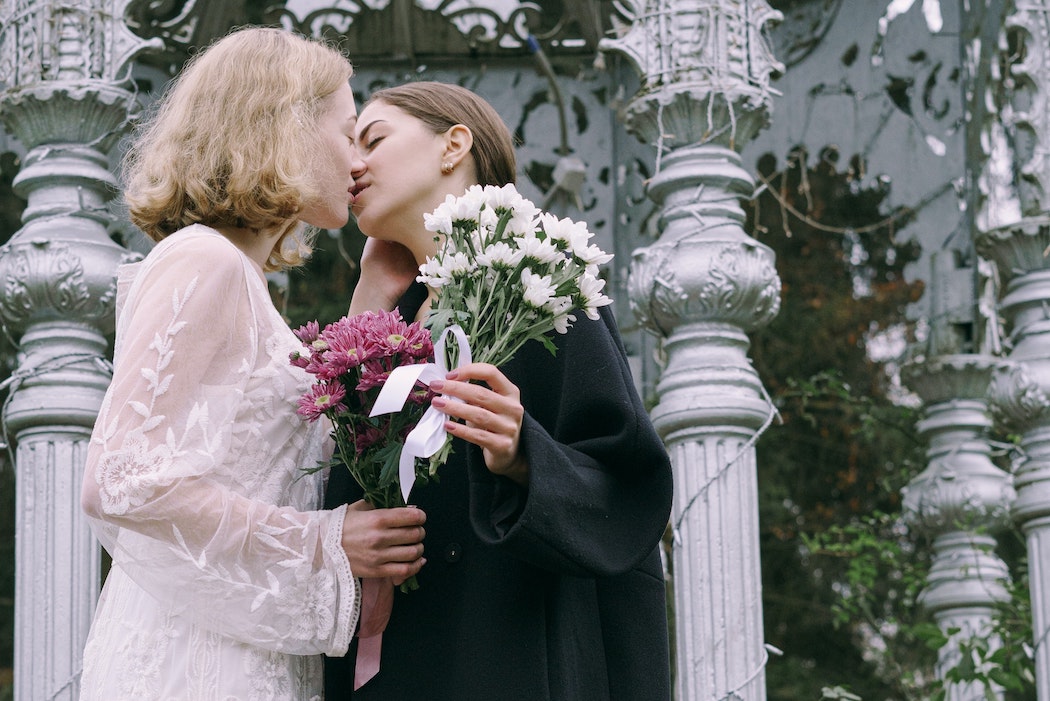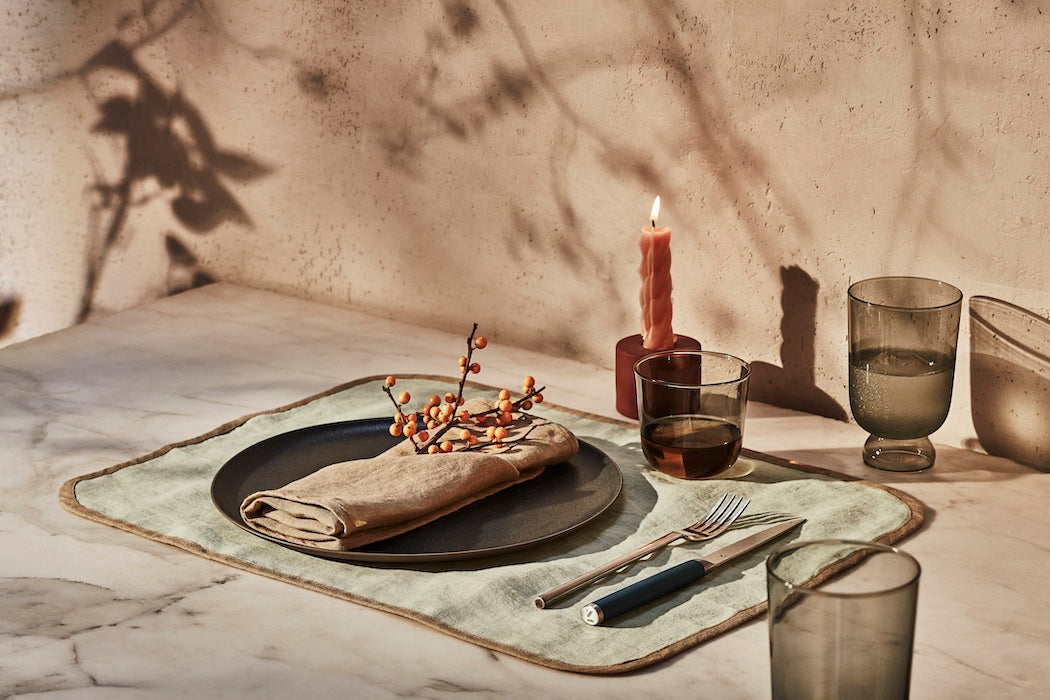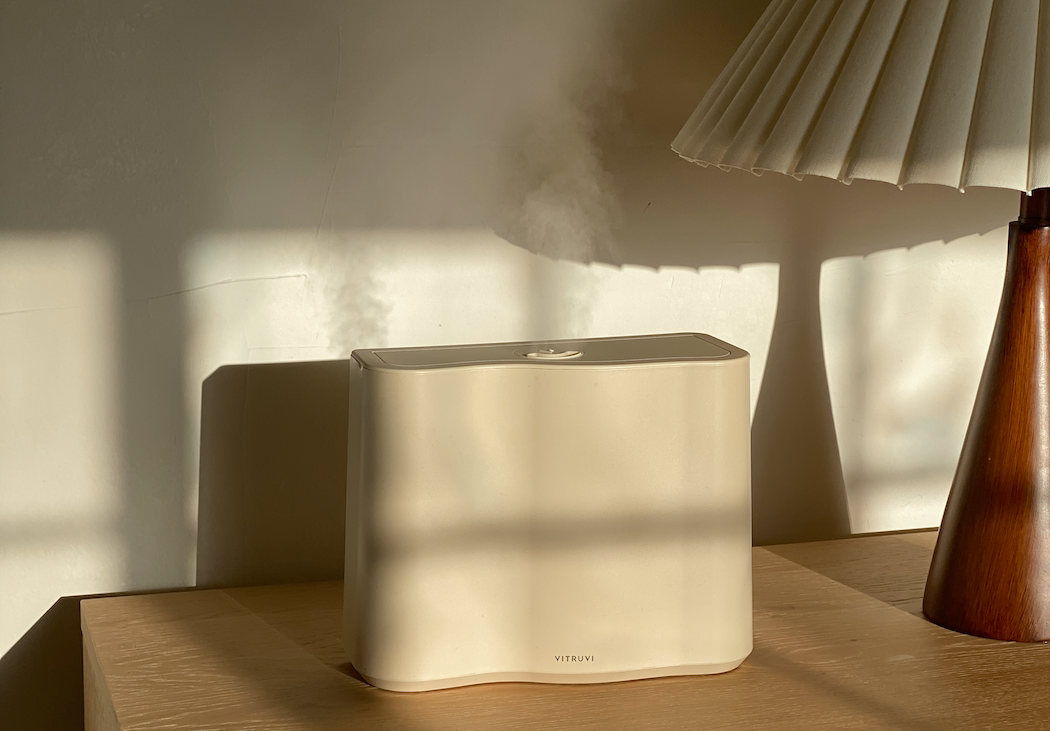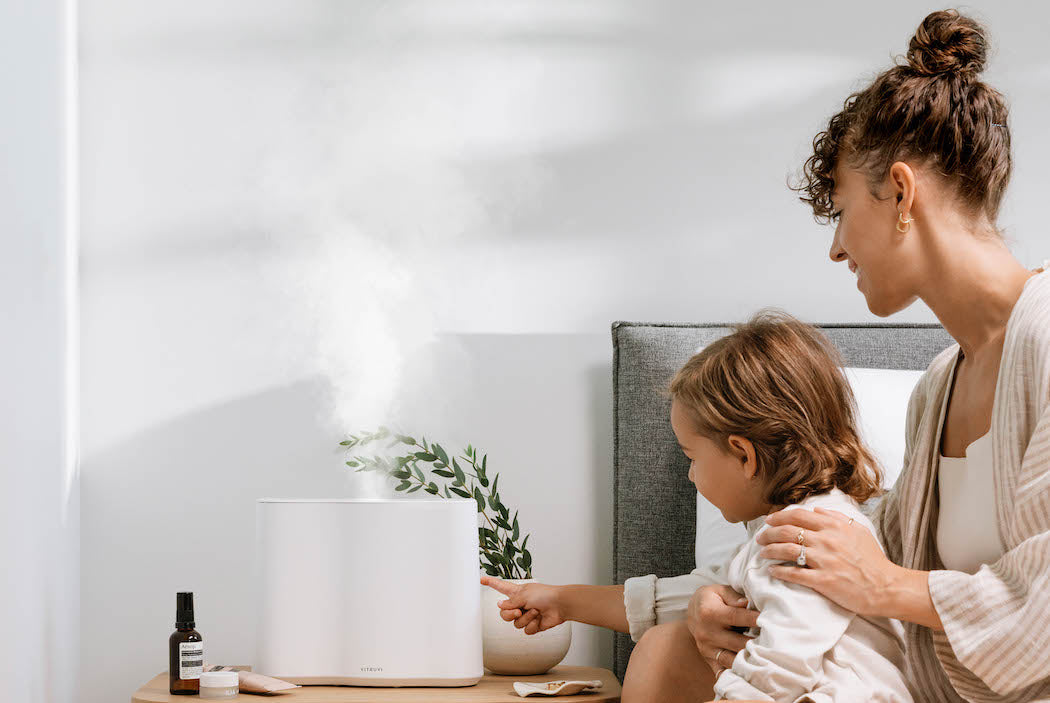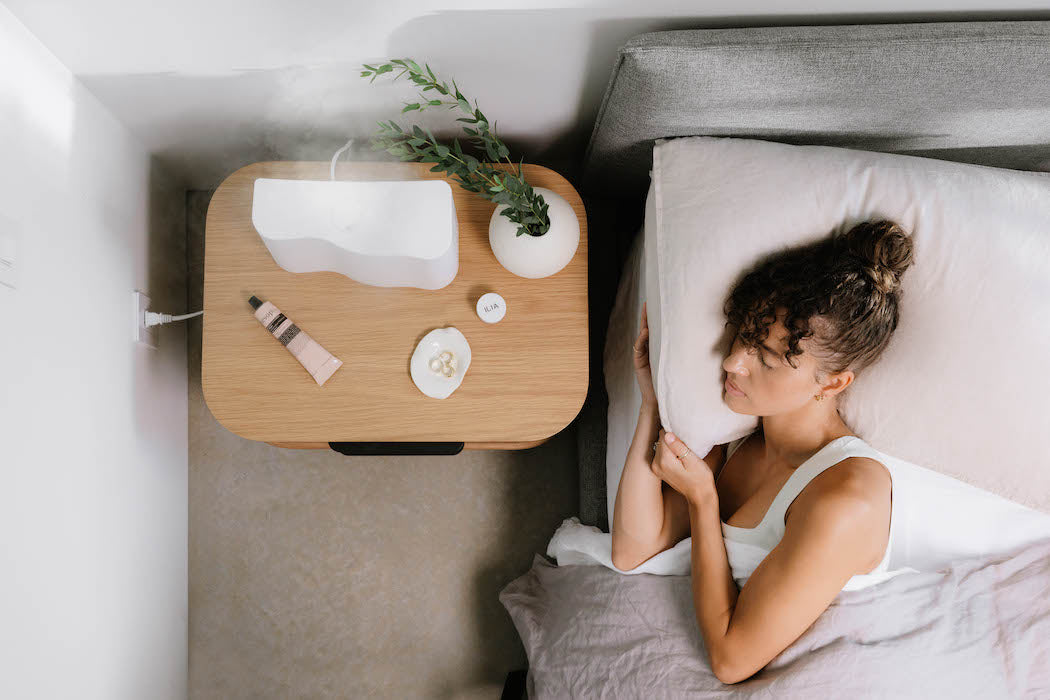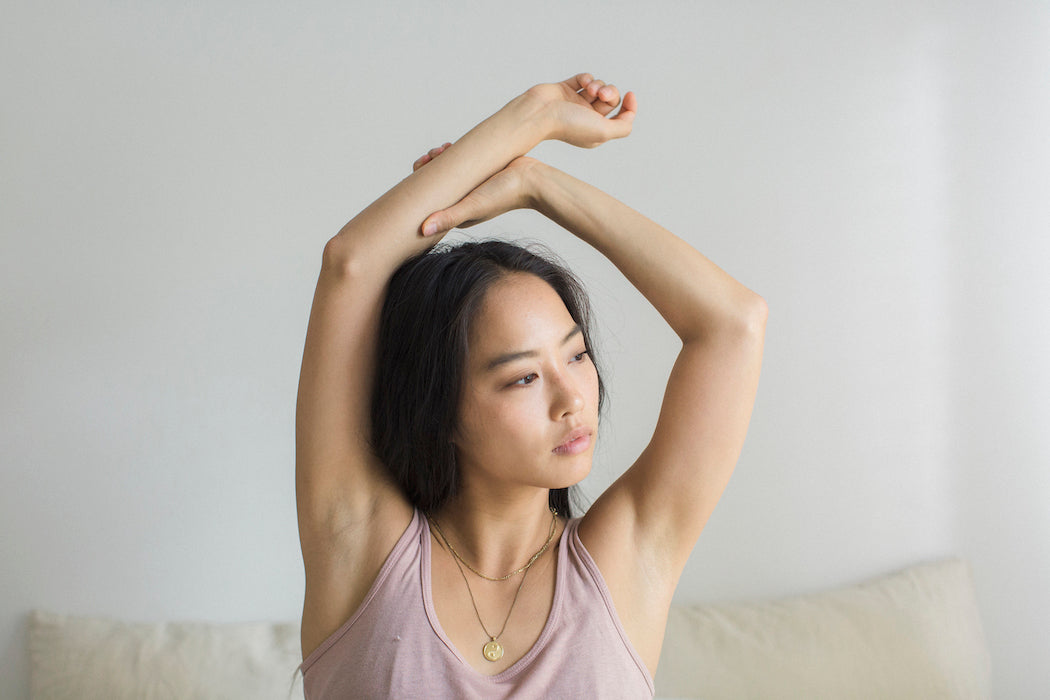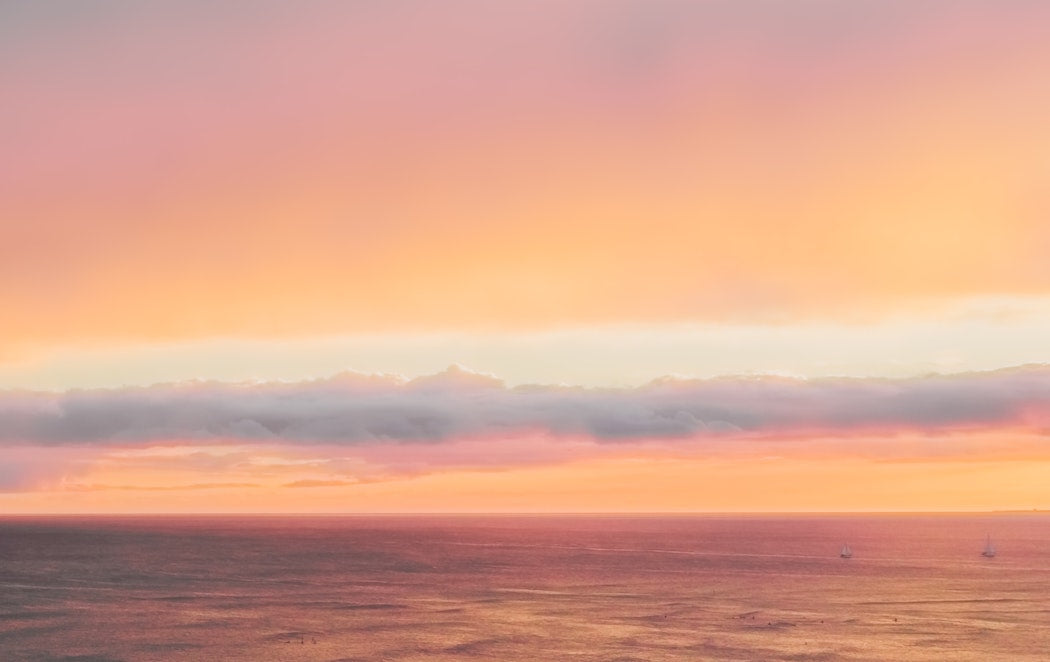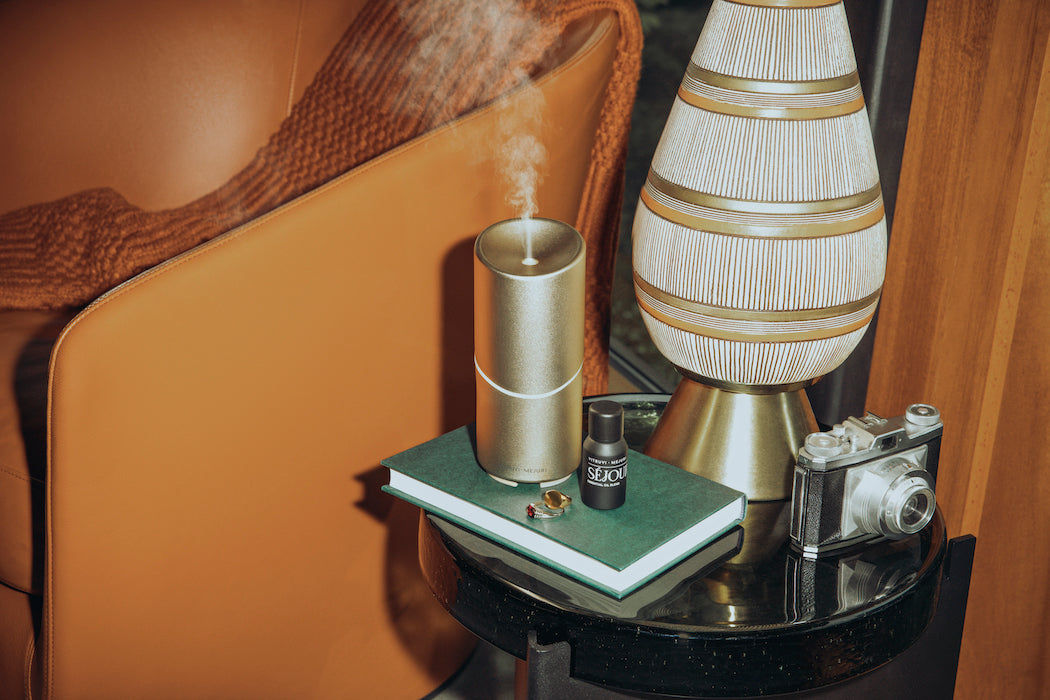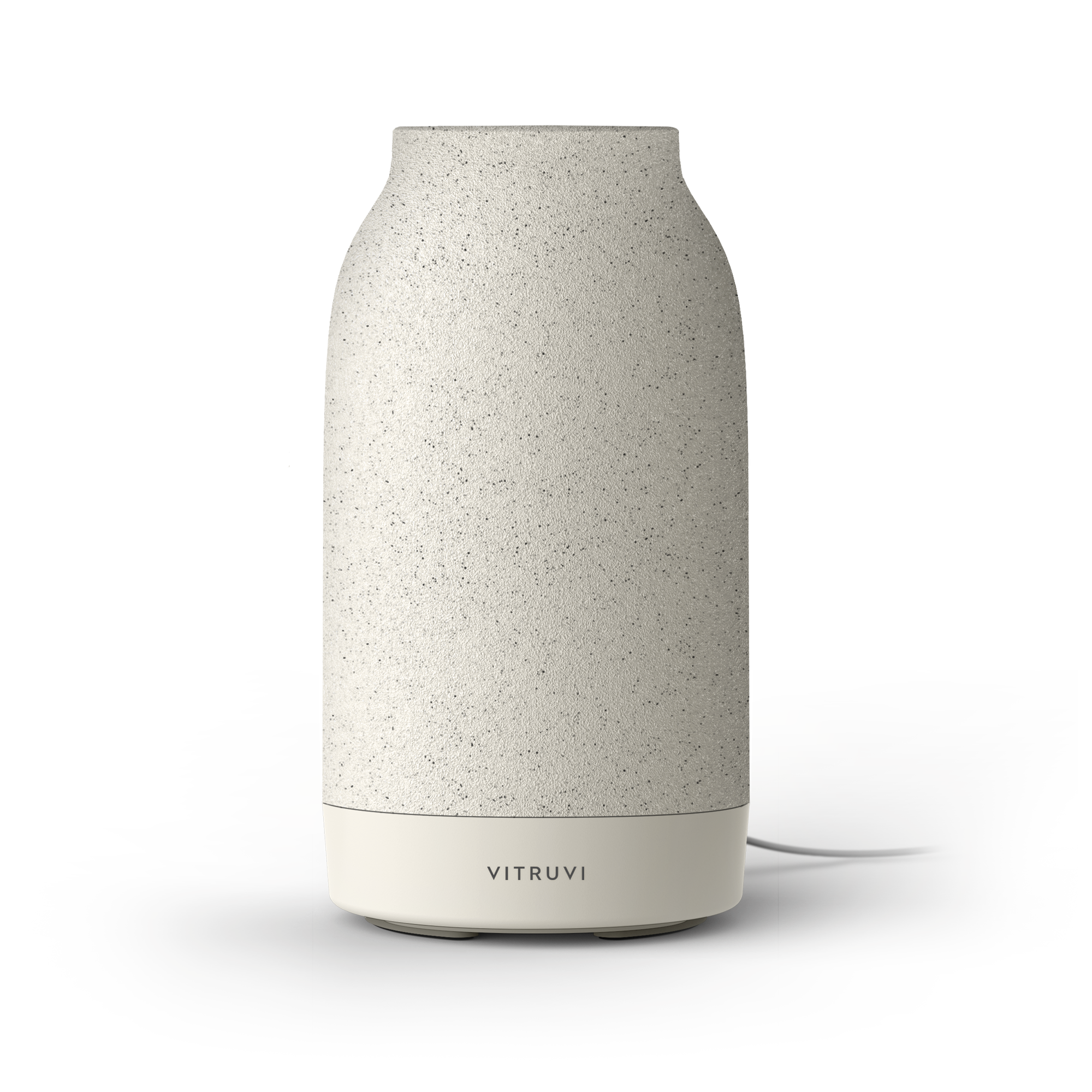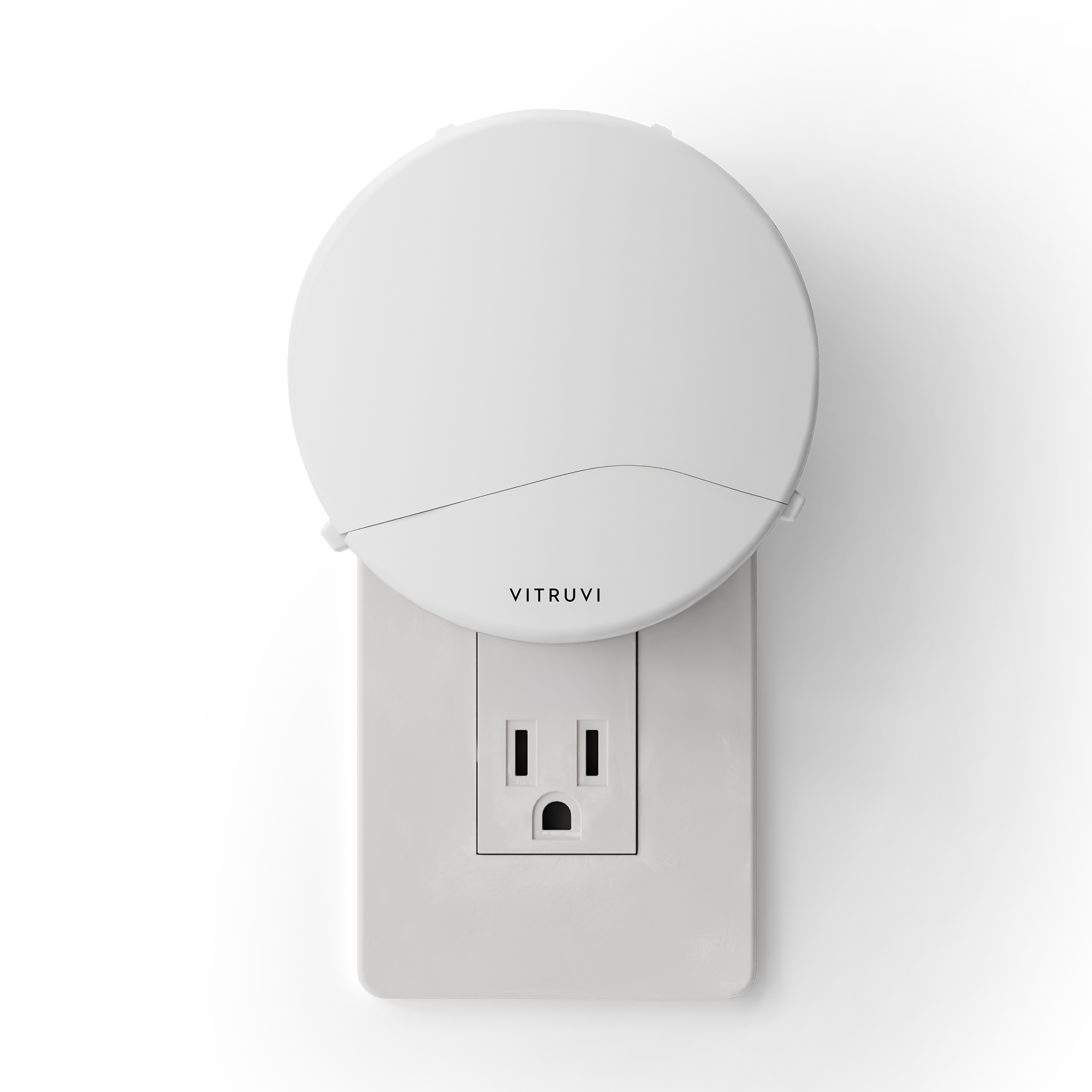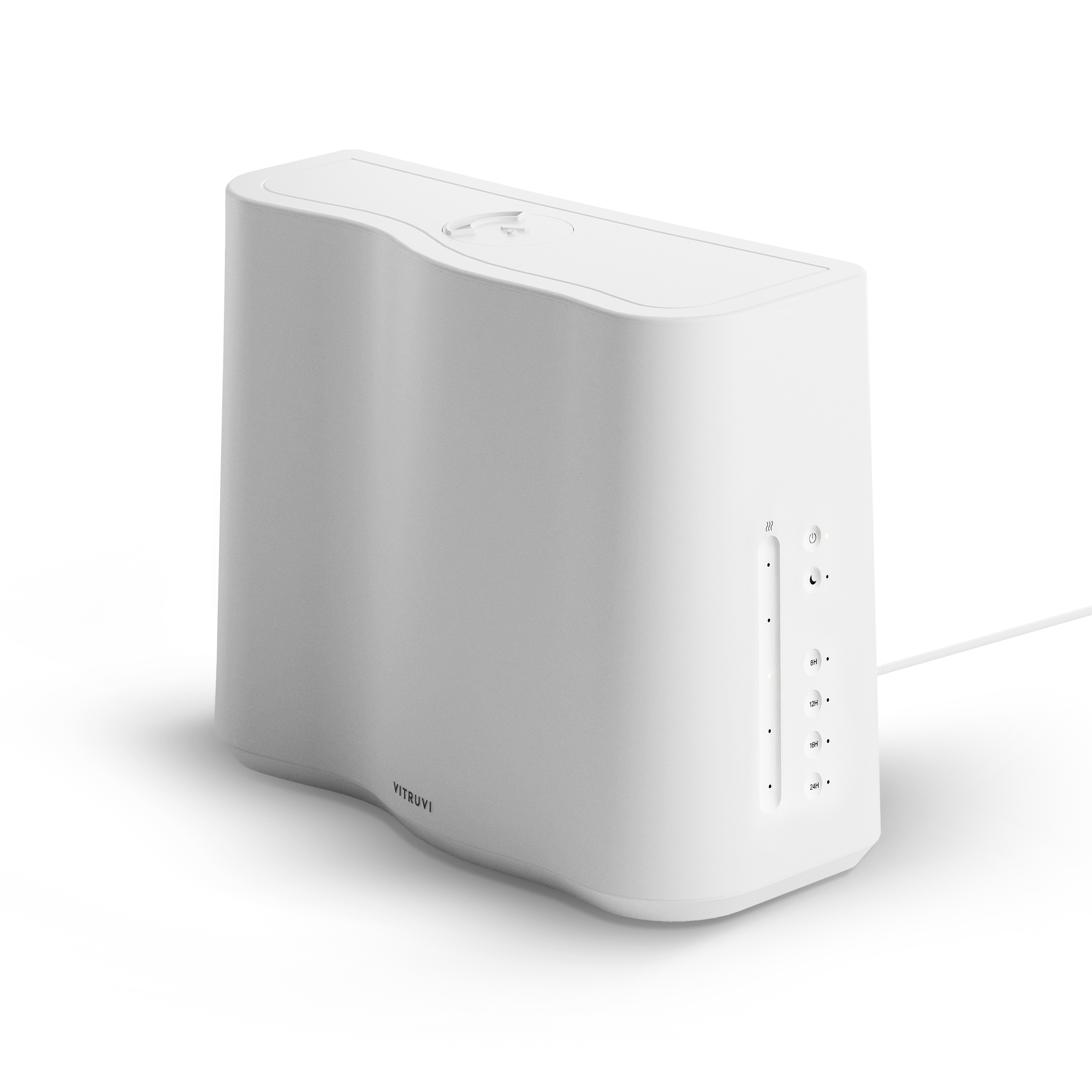Andy Dixon has demonstrated a proclivity for locating that elusive sweet spot in contemporary art—a place of both reverence and irreverence. Encapsulating the paradoxes of culture, Dixon reminds us there is no ethical consumption under capitalism. But also, just look at those red bottoms.
“A lot of the way I think about my work is that I feel it in my gut,” Dixon says over FaceTime from his sunny Los Angeles home. “The smart part of me is down there somewhere, and I have to tap into it.” The artist has this tendency to charmingly disarm, pushing up his trademark aviator glasses and throwing back his mop of curls. “My therapist told me that my mirror neurons are more high-powered and sensitive than other people’s, so I learn a lot from the people around me,” he continues. “It’s what makes me a better person; it’s how I learn things.”
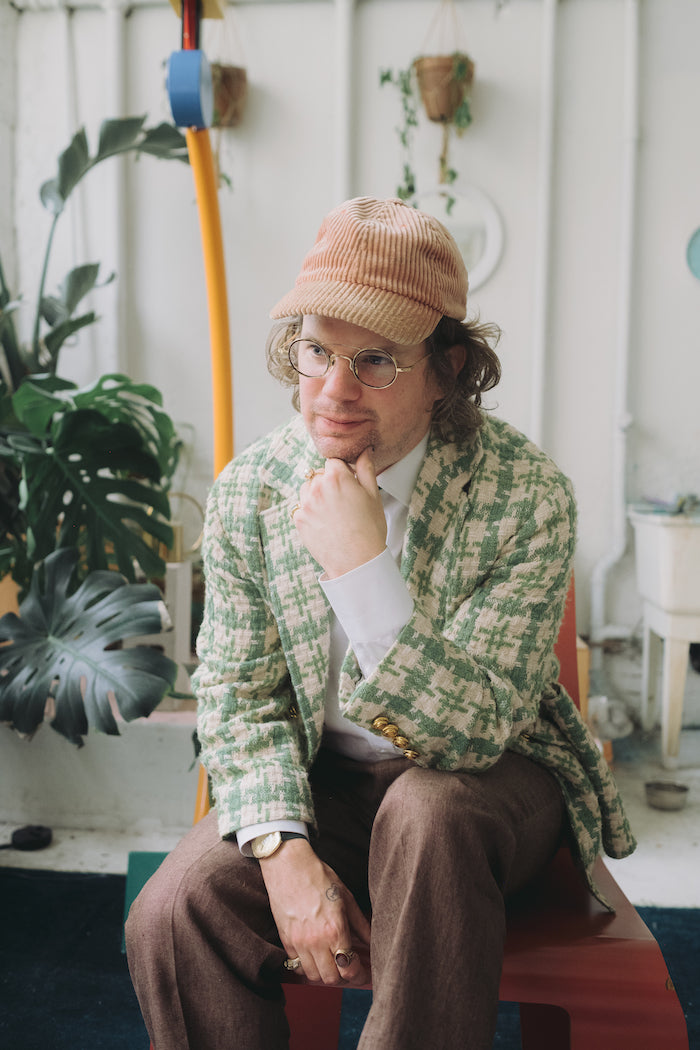
Learning by doing is the thread that runs through Dixon’s career. The musician-turned-painter has no formal visual art training, instead bringing a DIY ethos culled from his very early days in Vancouver’s punk music scene. Painting barefoot on his studio floor on unstretched canvases, Dixon’s methodology is accordingly cutty, with expressional pastel outlines and vibrant colors comprising his recognizable style. Thematically drawn to symbols of wealth—from classical Bacchante scenes to large-scale canvas sculptures of Versace silk shirts—Dixon performs as a chorus in the comedy of ostentatious affluence.
With imagery sourced from the internet, there’s a leveling of symbology: a Lamborghini denoting a similar gorgeous, pompous banality as a Caravaggio bouquet. But to confuse Dixon’s haphazard sampling for irony would be an egregious error. “I feel like all of my work is sincere,” he reflects. “This work is still about me, in the sense that this is my lens through which I look at culture.”

The origins of this point of view can be seen in Dixon’s music, including his early 2000s experimental glitch project, which he released under the moniker Secret Mommy. Cutting, pasting, and looping pop and instrumental samples into halted harmonies, his penchant for mixing styles and challenging boundaries was evident even then. Pitchfork seems to have identified this skill early on, writing in its 2007 review of Secret Mommy’s Plays: “With its assiduous eye for bold contrasts, elegant symmetries, and intricately stylized lines, Plays is like a really slick silk-screened flyer, translating visual impact into sonic.” It’s fitting, then, that Dixon would find a patron in Canadian musician The Weeknd: an artist who broke through with his own vivid collage of post-punk, rap, and R&B.
Since moving from Vancouver to Los Angeles in 2018, Dixon’s work has grown—quite literally. Lured by both a bigger studio space and an expansive setting at his downtown LA gallery Over the Influence, Dixon’s spring 2021 exhibition Masterpieces! included the stretched canvas replicas of art’s masters, as well as oversized objets that teased the art world’s uneasy relationship to retail. One piece, titled Louis Vuitton x Jeff Koons Bag, was emblematic of this: perched on a super-sized plinth, it clocked in at 3.5 times the size of Koons’ original handbag for Louis Vuitton. Dixon’s signature palette of bright pastels also reinterpreted François Boucher’s L'Odalisque Blonde, flattening Boucher’s lickable, cotton-candy Rococo opulence. The figure—said to be Marie-Louise O'Murphy, petite maîtresse to Louis XV—hovered ethereally amongst a sky of “LV” monograms.

“It starts off as an art object, turned into a design object, and then I return it to the gallery,” explains Dixon. “The idea is that these paintings are back in an art space, but in this cheeky way.” Like Koons, Dixon evokes scale and ratio to defamiliarize objects. A 10-foot-tall balloon dog must be art—what else could it be? But Dixon differentiates himself from Koons’ trademark sinister naivety through earnest banality. “I think I’m just trying to remove some of the pretentiousness of the art world,” he reflects. “Yes, art is one of the most important things in my life, but it’s also just stuff, in another way. I want to face that paradox head-on.”
The full interview is available exclusively in Natural Habitat Print Issue No. 1. Order your copy here.

